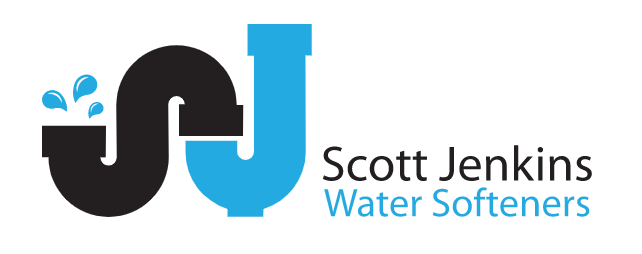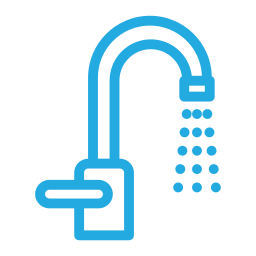How hard is the water in Seaford?
Water hardness reading:
275 ppm (very hard)

Seaford suffers from very hard water. This is the reason…
Seaford lies on predominantly chalky soil, which is abundant with hard water causing calcium and magnesium minerals. This is the major reason why the area’s mains water is so hard. Each time it rains, these minerals get to work, turning the naturally soft rainwater hard.
This is very bad news for your skin and hair. Hard water simply dries them out, aggravating dry skin conditions like eczema and dermatitis and making hair look lank and lifeless. Laundry ends up being starchy and colourless too. Keeping a nice lather in shampoos, gels and detergents is also a big struggle whenever hard water is present. Worse still, hard water creates limescale. No matter how often you clean kitchens and bathrooms, the scale will keep returning.
Hard water also has a detrimental effect on central heating systems. Limescale collects in boiler pipework and water tanks. This means the boiler has to work ever harder to generate the necessary amount of heat and hot water for your home, because it has to heat the limescale first, whilst tank capacity is gradually eroded. You end up with ever rising fuel bills and a downgraded boiler.
By far the best way to eradicate all these issues is to have a water softener installed. After you’ve covered the initial outlay, you’ll save a packet on energy and repair bills. Above all, you can enjoy all the benefits that soft water provides. It’s brilliant for washing, cleaning and cooking, plus your skin and hair will stay soft – the way nature intended it.
Saeford’s water hardness level is around 275 parts per million (ppm). Any reading above 200ppm is considered, so Seaford is well up the scale. With a Scott Jenkins water softener in situ, that reading will plummet to virtually zero.
Seaford – an Overview
Annual rainfall: 32.7 inch or 832mm.
Newhaven is a port town in East Sussex, situated at the mouth of the River Ouse. At the 2011 census, the population was recorded at 12,232.
The town developed as a sheltered harbour port as long ago as the mid-16th century. Following the arrival of the railway in 1847, Newhaven increased in importance, along with its regular cross-Channel ferry services to Dieppe. These continue to this day and Newhaven is also a key freight terminal.
The Newhaven Lifeboat, first commissioned in 1803, is among the oldest in Britain and was established 20 years before the Royal National Lifeboat Institution. The main landmark in the town is the Newhaven Fort.
Mains Drinking Water and Sewerage Services in Seaford
If you live in Seaford, your mains water and sewerage services are supplied by a combination of Southern Water and South East Water.










